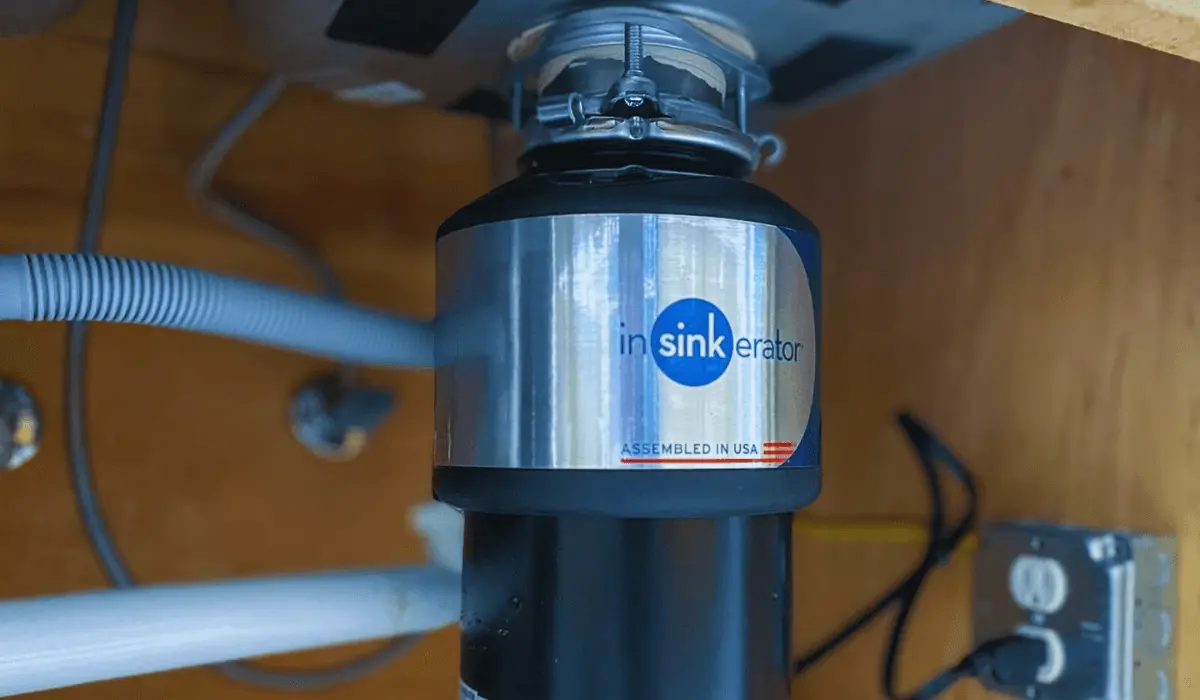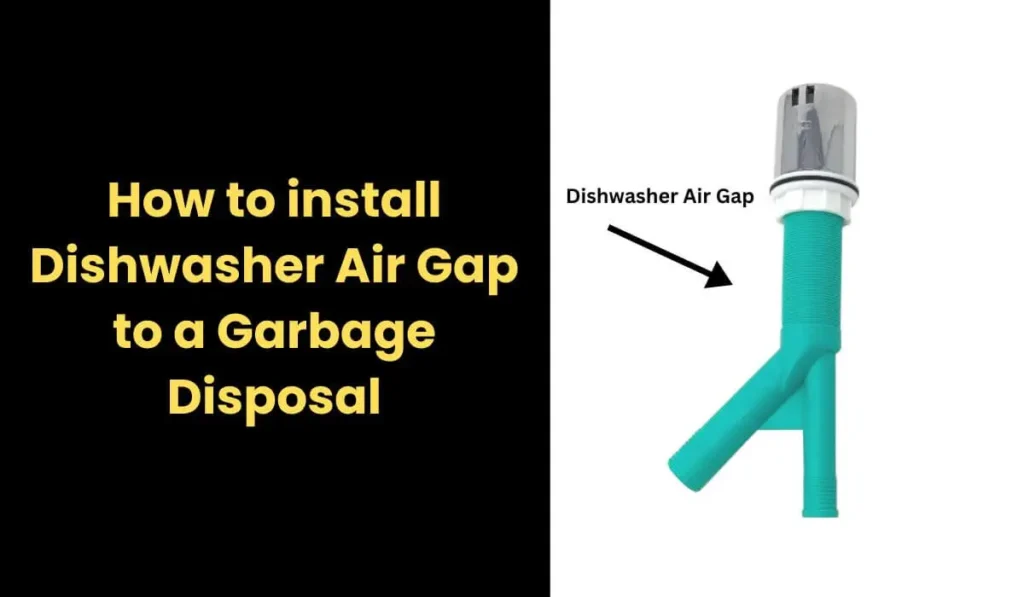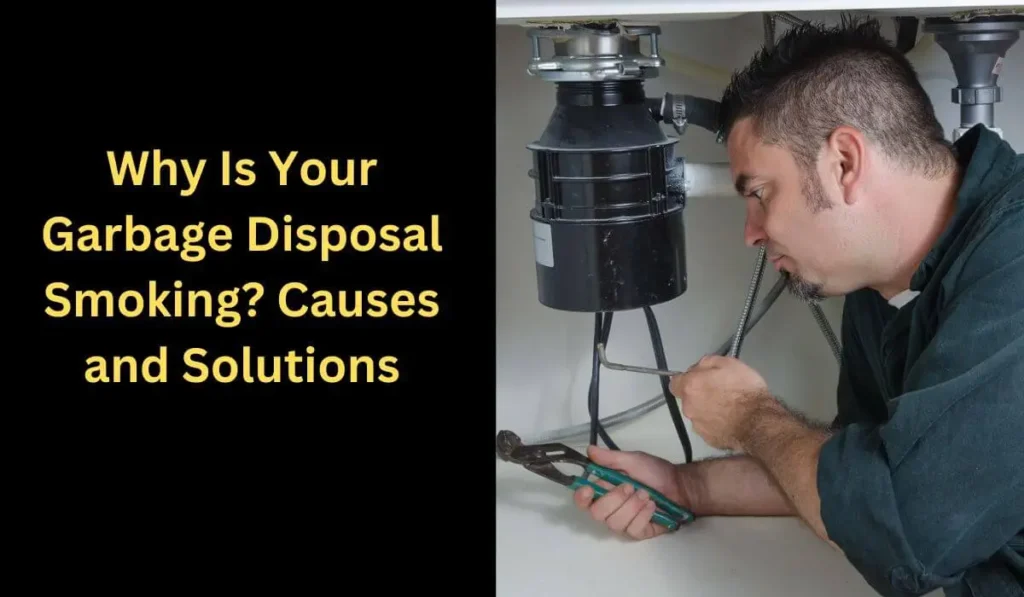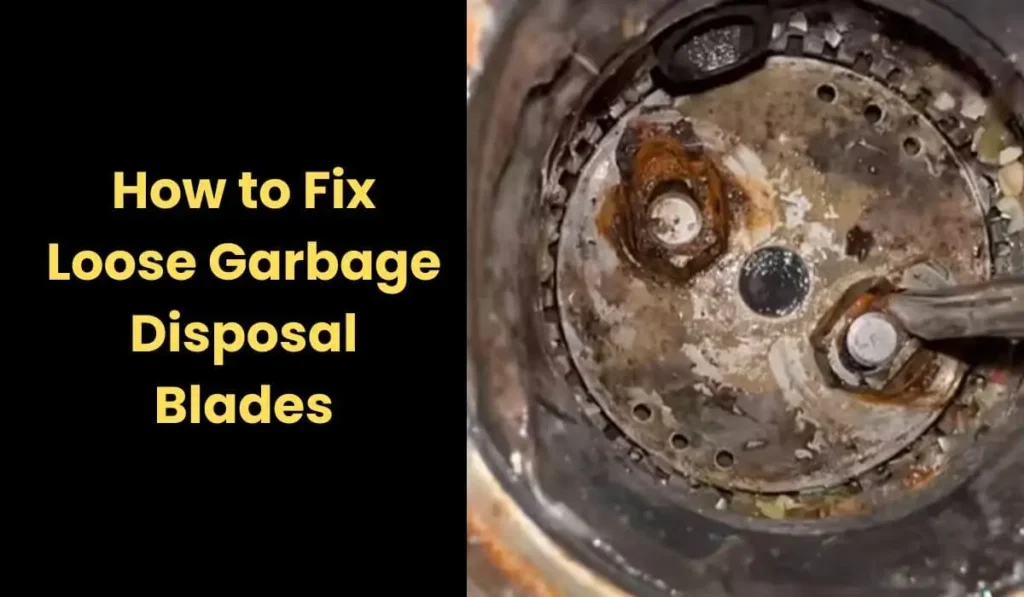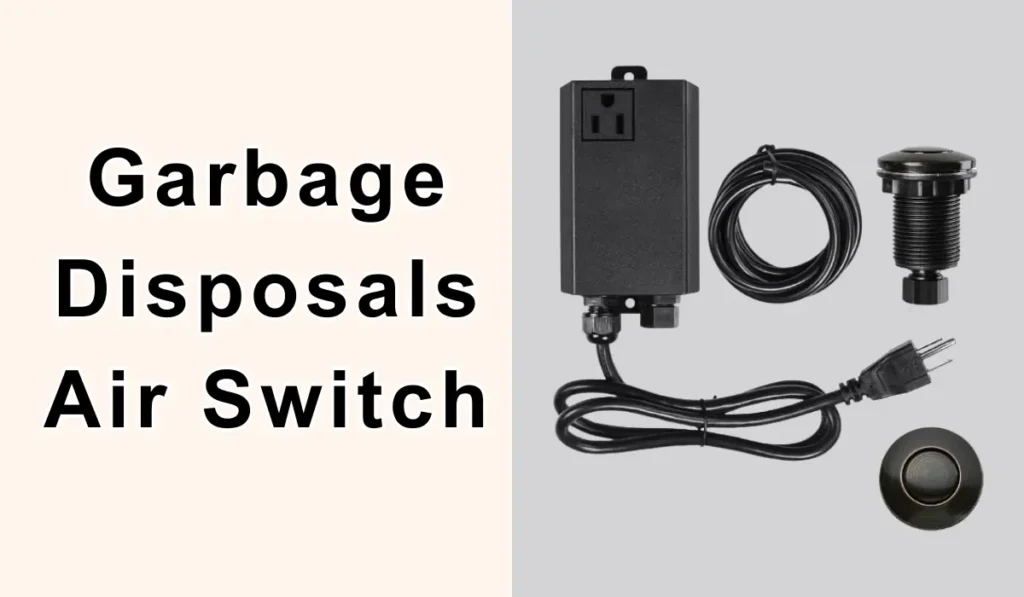Garbage Disposals: Are They Really a Universal Fit for Every Home?
In today’s world, where we spend an increasing amount of time our kitchens, a common question arises – Are Garbage Disposals really a universal fit for every home? The standard size of kitchen sinks may allow garbage disposals to fit the drain hole, but not all under sink cabinets are the same size as disposals. Therefore, selecting the right disposal is crucial for seamless integration.
Choosing the right disposal not only enhances the management of food waste but also contributes to maintaining an eco-friendly environment. With a plethora of options available for both sinks and disposals, selecting the perfect match becomes essential.
First Things First: What Are Garbage Disposals?
Garbage disposals are pretty cool gadgets that sit under your sink and make food waste disappear. Think of them like a kitchen helper that takes care of leftovers, peels, and other bits you’d normally toss in the trash. They keep your kitchen smelling fresh and your trash can less full, which is a win for keeping things clean and a bit more eco-friendly.
Types Of Garbage Disposals
There are primarily two types of garbage disposals – continuous feed and batch feed. Continuous feed disposals are user-friendly, allowing you to continuously feed waste while it’s running. On the other hand, batch feed disposals require loading before grinding, similar to a manual process.
Additionally, power ratings determine the disposal’s motor strength, enabling it to handle different types of waste efficiently.
For a detailed understanding of Garbage Disposals, Check Out: What Is A Garbage Disposal? The Ultimate Guide

What Types of Waste can Go Into Garbage Disposals?
Organic Waste
- Fruit and vegetable scraps
- Coffee grounds
- Eggshells
- Small bones
Organic waste is typically safe to dispose of in your garbage disposal. These items can easily be ground up and flushed away without causing any harm to the system.
Non-Organic Waste
- Liquids like water or small amounts of oil
- Pasta and rice in small quantities
- Small paper bits or peels
- Small food particles stuck to dishes
Non-organic waste should be limited, as they can easily cause clogs or damage to your garbage disposal over time. It’s best to avoid large quantities of these items.
Items to Avoid
- Grease, fats, or oils
- Fibrous or stringy foods like celery or corn husks
- Large bones or pits
- Non-food items like glass, plastic, or metal
It’s important to steer clear of these items as they can wreak havoc on your garbage disposal and lead to costly repairs or replacements.
Compatibility with Sinks and Installation
When evaluating the compatibility of a garbage disposal with your sink, there several crucial factors to consider, including size, power, mounting system, and plumbing configuration.
Size and Power
Just like cars, garbage disposals come in various sizes and power levels. A larger and more powerful disposal can efficiently grind up a greater volume of waste but requires adequate space under the sink for installation. It is essential to ensure that your sink can support the weight and vibration of a larger unit for optimal performance.
Mounting System
The way garbage disposals attach to sinks is determined by the mounting system. While most disposals utilize a standard system compatible with most sinks, it is advisable to verify compatibility, especially if you have a unique or high-end sink. Ensuring a proper fit is akin to ensuring the perfect fit of table legs in your kitchen.
Plumbing Connection
Seamless integration with your kitchen’s plumbing system is essential for proper garbage disposal functionality. The size of the disposal’s drain must align with your existing pipes, and there should be sufficient space to accommodate the disposal unit along with all connecting pipes. Similar to assembling a train set, every component must connect correctly for smooth operation.
Sink Types and Recommended Disposal Compatibility
The type of sink in your kitchen plays a significant role in determining the ideal garbage disposal compatibility.

Stainless Steel Sinks
Stainless steel sinks are versatile and tend to be compatible with a wide range of garbage disposals. Their durability, ease of maintenance, and modern appearance make them a suitable choice for most disposal units.
Ceramic Sinks
Ceramic sinks exude a timeless appeal but require a more delicate approach when selecting a compatible garbage disposal. It is crucial to choose a disposal unit that can operate effectively with ceramic sinks without causing damage.
Cast Iron Sinks
Cast iron sinks are known for their exceptional strength, making them compatible with heavier and more powerful garbage disposals. These sinks can effortlessly withstand the demands of a high-traffic kitchen environment with frequent cooking and cleaning activities.
To buy the best Garbage Disposals available in the market check out:
5 Best Garbage Disposals of 2024
Professional Installation vs. DIY
When it comes to installing a new garbage disposal, homeowners are often faced with a decision: should they hire a professional or attempt to do it themselves (DIY)? Both options have their advantages, and the best choice depends on individual comfort levels, skills, and desired outcomes.
Going Pro: The Benefits of Professional Installation
Opting for professional installation means entrusting the job to someone with expertise and specialized tools to ensure a successful outcome from the start. This stress-free option eliminates the need to worry about errors or unexpected issues, with most professionals offering guarantees for added peace of mind. For those lacking experience or preferring to leave the task to seasoned professionals, professional installation is the recommended choice.
DIY Route: The Appeal of Do-It-Yourself Installation
Conversely, choosing the DIY route can be a gratifying experience. It is typically more cost-effective as it eliminates labor expenses. Additionally, abundant online tutorials and instructional resources are available to assist throughout the installation process. If you are comfortable using tools, following step-by-step guides, and enjoy the sense of accomplishment that comes from completing a home improvement project independently, the DIY approach is a viable option.
Here is a simple DIY Garbage Disposal installation guide video for you:
Conclusion
Wrap this all up, we’ve walked through what makes trash disposals and sinks tick, or sometimes, not. We looked at the different kinds of sinks out there—stainless steel, ceramics, cast aluminum—and how each has its own best match when it comes to disposals. Remember, it’s not just about the appearance but also about the fit and function.
Choosing between a self-installation and getting a pro can make all the difference, depending on your talents, time, and comfort level. There’s no one-size-fits-all answer, just what works best for you.
Quality and reliability should be top on your list when choosing a new garbage dissolution. After all, a kitchen that functions well is a kitchen you’ll love spending duration in. So, take your time, analyze all the factors, and make a selection that’ll keep your kitchen happily buzzing.
FAQ’S
The Author

I’m Muhammad Nabeel Dar, an employee in waste management and the owner of Garbage Waste Disposal with more than four years of experience helping people to control waste and garbage disposals are the best tools to control it. Read more

